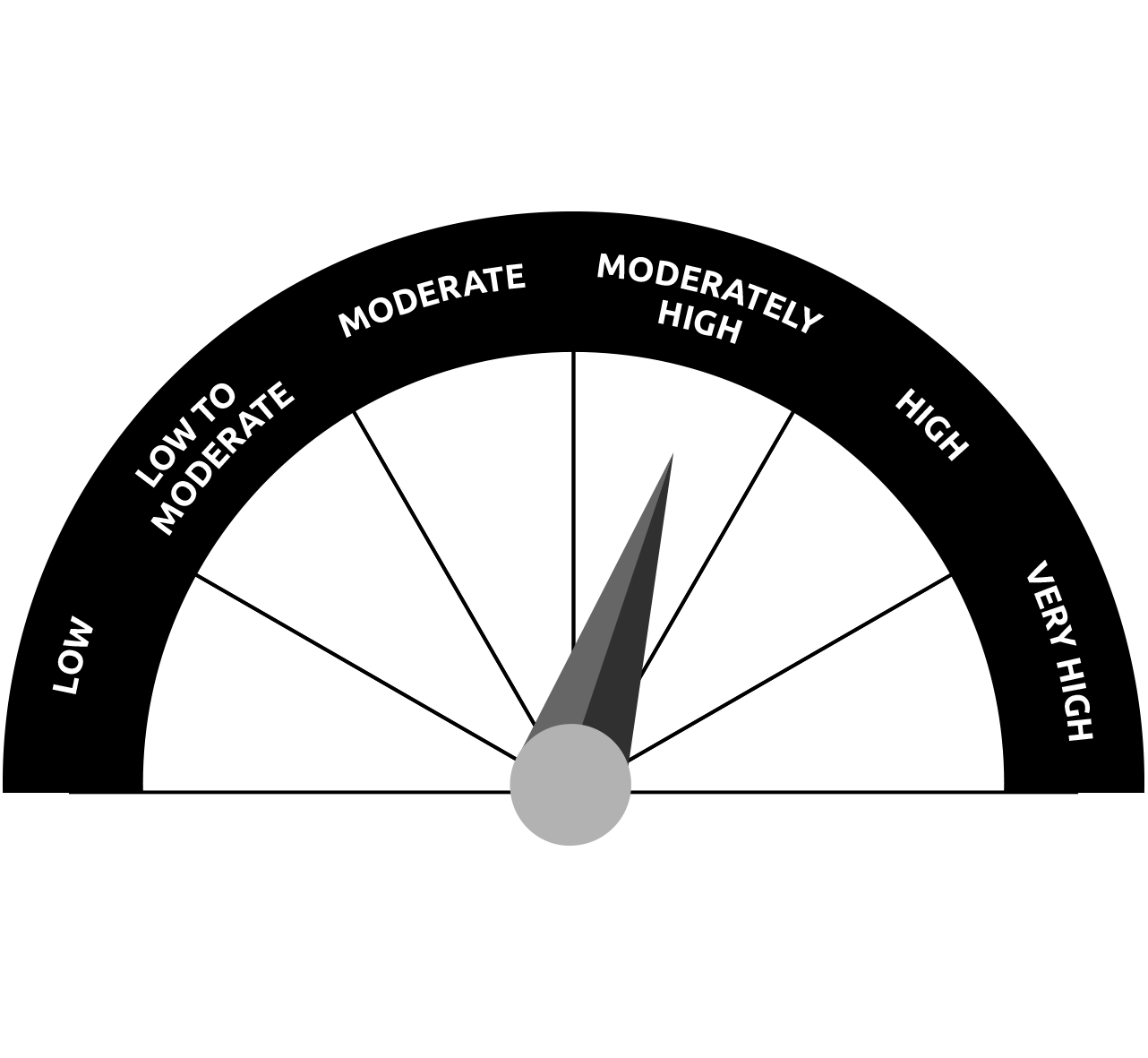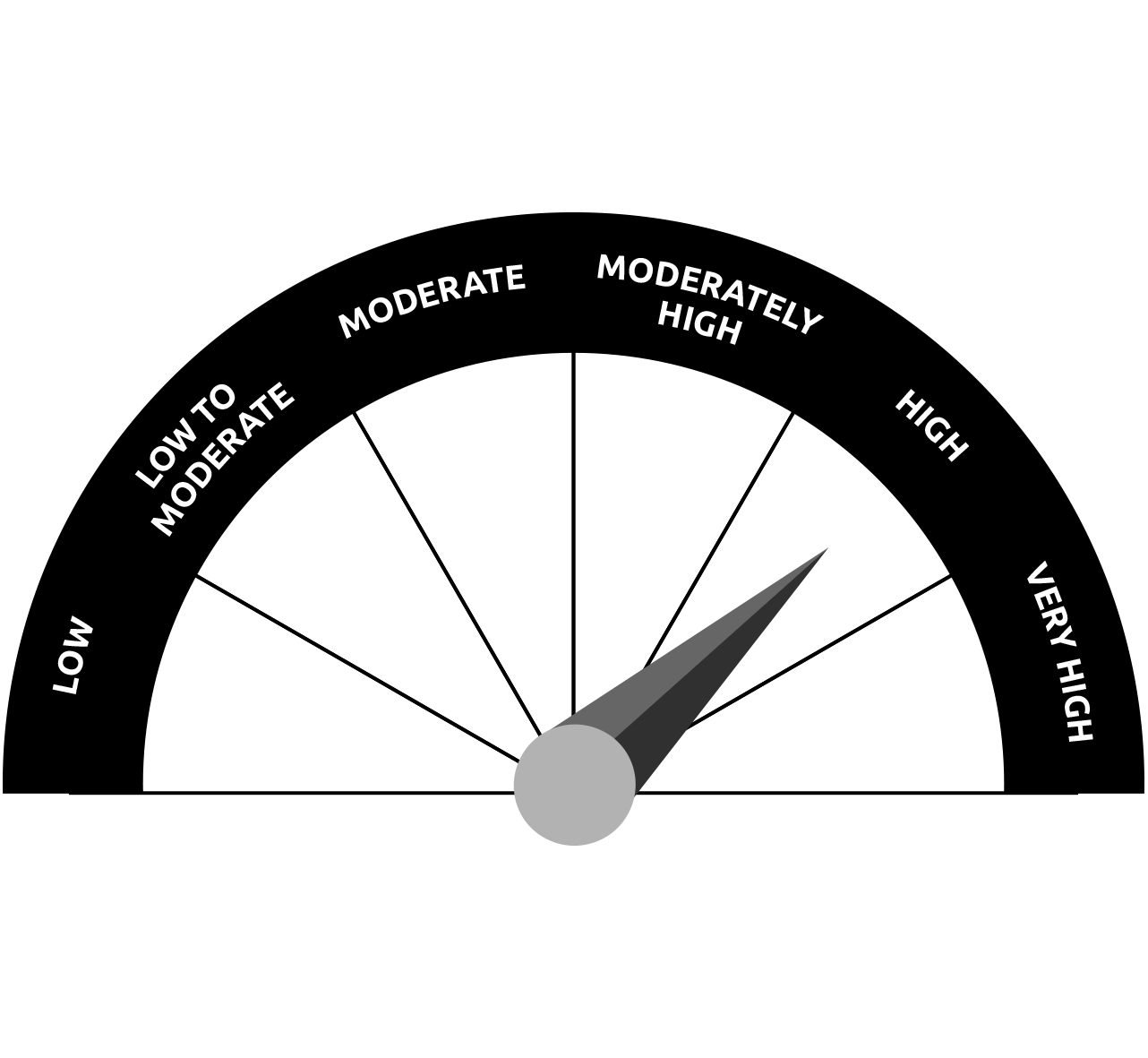Bandhan Balanced Advantage Fund -Direct Plan
Bandhan Balanced Advantage Fund -Direct Plan
An open ended dynamic asset allocation fund
What is a Balanced Advantage Fund?
Balanced advantage funds (BAF funds) are also known as dynamic asset allocation funds. This is a hybrid fund, which changes asset allocation according to market conditions. Most balanced advantage funds are invested in various sectors including equity, derivatives, debt and money market instruments. Balanced advantage funds invest across large cap and mid cap companies, thus benefiting from the relative stability of large cap companies and higher growth potential of mid cap companies.
Balanced advantage funds allow for dynamic asset allocation; as they invest in both, equity and debt, BAF funds can be considered risky. Although these funds are categorised in the moderate to high risk category, balanced advantage fund returns may potentially be high.
One of the key benefits of balanced advantage funds is that they can drastically change the asset allocation depending on present market conditions. For instance, in volatile markets the fund may choose fixed-income instruments and other avenues.
- Min Investment 1,000
- Min SIP Amount 100
- Exit Load
In respect of each purchase of Units:
- For 10% of investment: Nil
- For remaining investment: 1% if redeemed/ switched
out within 1 year from the date of allotment (w.e.f. July 5, 2017)
Scheme is suitable for a minimum investment horizon of more than 3 years
Tier 1 Benchmark : NIFTY 50 Hybrid Composite debt 50:50 IndexAlternate Benchmark : Nifty 50 TRI
- Performance
- Portfolio
- Download
- Details
Performance as on 28th March 2024
| Scheme Names | CAGR Returns (%) | Current value of Investment of 10,000 | ||||||||
|---|---|---|---|---|---|---|---|---|---|---|
| 1 year | 3 year | 5 year | 10 year | 10/10/2014 Since inception | 1 year | 3 year | 5 year | 10 year | 10/10/2014 Since inception | |
| Bandhan Balanced Advantage Fund - Regular Plan - Growth | 22.99 | 9.56 | 10.04 | N.A. | 8.34 | 12,306 | 13,160 | 16,144 | N.A. | 21,359 |
| 18.27 | 11.10 | 12.70 | 11.85 | 10.80 | 11,833 | 13,718 | 18,196 | 30,675 | 26,216 | |
| 33.11 | 16.75 | 15.37 | 14.16 | 12.99 | 13,322 | 15,935 | 20,451 | 37,653 | 31,795 | |
| ^ Tier 1 Benchmark | ^^ Alternate Benchmark | ^^^ Tier 2 Benchmark | ||||||||||
This fund is managed by Mr. Manish Gunwani (w.e.f 24/01/2024), Mr. Sumit Agrawal (w.e.f 01/03/2017), Mr. Vishal Biraia (w.e.f 19/06/2023), Mr. Brijesh Shah (w.e.f 16/07/2022)
View fund performance of other funds managed by Mr. Manish Gunwani, Mr. Sumit Agrawal, Mr. Vishal Biraia, Mr. Brijesh Shah
Past performance may or may not be sustained in future.
Regular and Direct Plans have different expense structure. Direct Plan shall have a lower expense ratio excluding distribution expenses, commission expenses etc.
Taxation:
For taxation, please refer the link : https://bit.ly/3spfzbo
Bandhan Balanced Advantage Fund
(Scheme Risk-o-meter)

NIFTY 50 Hybrid Composite debt 50:50 Index
(Tier 1 Benchmark Risk-o-meter)

This product is suitable for investors who are seeking* :
- To create wealth over long term.
- Dynamic allocation towards equity, derivatives, debt and money market instruments.
What is the Difference Between Balanced Funds and Balanced Advantage Funds?
Balanced Funds Meaning: Balanced funds are a type of hybrid fund that invest in equity and debt in equal proportions. Allocation of the funds assets in equity and debt will be within the range of 40%-60%. The minimum allocation limit for both is 40%.
Balanced Advantage Funds Meaning: BAF Funds are a hybrid fund as well. They invest in equity and debt instruments, however they are not mandated to follow a fixed proportion of asset allocation. They are highly flexible and can switch between asset classes according to market conditions. This is why balanced advantage funds are also known as dynamic asset allocation funds.
Balanced Funds Returns: As balanced funds have a mandated ratio of asset allocation, their returns may be lower when the market is volatile.
Balanced Advantage Funds Returns: Balanced advantage funds can dynamically switch between market allocations, consequently allowing for potentially higher returns even when the market is volatile. .
Who Should Invest in BAF Funds?
Balanced advantage funds are suitable for investors looking to invest for the long-term. As they practise dynamic asset allocation, it is preferable to stay invested in these funds for at least five years. They are suitable for investors with a long-term investment horizon.
Taxation of balanced advantage funds is important to consider. They may be subject to long term capital gains, however investors may be eligible for certain exemptions.
Balanced advantage funds are categorised as a moderate to high risk potential mutual fund. Consequently, they are suitable for investors who are not risk aversive. Moreover, these funds are suitable for investors seeking dynamic allocation towards equity, derivatives, debt and money market instruments.
FAQs on Balanced Advantage Funds
What is balanced advantage fund growth?
Balance advantage funds are a type of hybrid fund which engage in dynamic asset allocation. They invest in equity, derivatives, debt and money market instruments and change the asset allocation according to present market conditions. Thus, they are also known as dynamic asset allocation funds.
What is the difference between balanced funds and balanced advantage funds?
Balanced funds and balanced advantage funds are both different category of fund under hybrid funds which invest in equity and debt. However, one key difference is the mandated ratio of asset allocation. Balanced funds allocate their assets in equity and debt within the range of 40%-60%. The minimum allocation limit for both is 40% and maximum is 60%. Whereas, Balanced advantage funds are flexible and can change their asset allocation depending on the present market conditions
What is the difference between a dynamic asset allocation fund and Balanced Advantage fund?
Balanced advantage funds are also known as dynamic asset allocation funds. These funds invest in equity and debt instruments and have the freedom to dynamically change their asset allocation depending on the market conditions. Consequently, the term balanced advantage funds may be used synonymously with dynamic asset allocation funds.
What is balanced advantage fund taxation?
Equity oriented balanced advantage funds with a holding period of more than a year may be subject to long-term capital gains tax at 10% on gains exceeding 1 lakh. BAF funds with a holding period of less than a year are subject to short-term capital gains and taxed at 15%. Non-equity oriented balanced advantage funds are included in your total taxable income and taxed as per your income tax slab.
Is Balanced Advantage fund risky?
Balanced advantage funds can be associated with moderate to high levels of risk. These funds invest in equity and debt instruments and consequently carry the inevitable risks associated with them. The level of risk may nevertheless depend on several other factors such as the investment strategy and asset allocation.
More about Bandhan Balanced Advantage Fund
